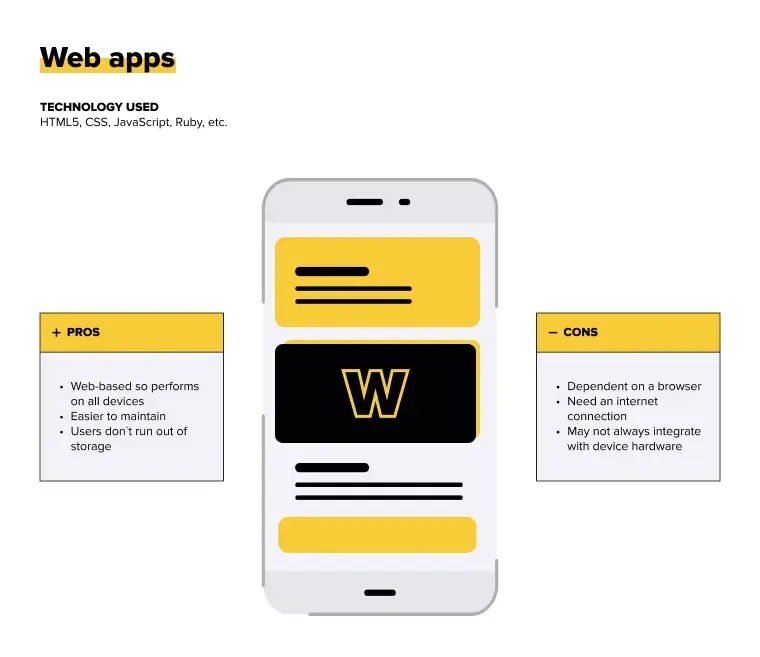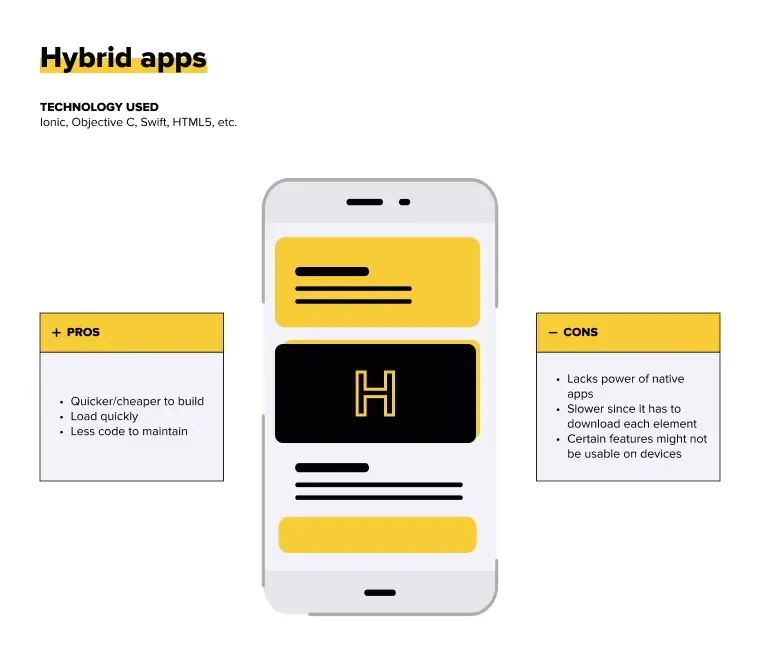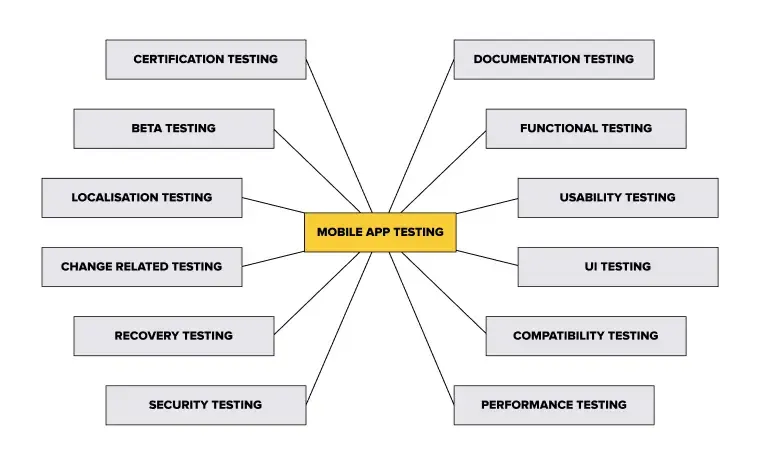Mobile apps are a rapidly growing segment. You can install them on tablets and smartphones, and their performance quality depends on adaptation to a specific interface. Testing mobile apps has its own peculiarities. The main principles significantly differ from desktop testing. If a competitor's program works better than yours, the user will switch to it. So, investing in mobile app development, testing, and refinement is necessary.
Special Features of Mobile Apps
Mobile applications have several differences from PC applications, which need to be considered during testing. Mobile devices lack powerful hardware, so they won't perform like PCs. To prevent lagging on phones or tablets, the app must be functional and lightweight simultaneously. An abundance of visual effects contributes to lengthy app launches.
Mobile devices may have various resolutions, and the screen size is always small. Additionally, the app should not disrupt call functions (receiving or making calls) after launch. Phone operating systems quickly become outdated. The developer's task is to create software that will work smoothly without glitches for years.
Another challenge in working with mobile apps is the constant search for a network connection, and the data transfer speed can vary greatly. It's beneficial if the basic mobile version loads correctly on iOS and Android, regardless of internet speed.
Types of Programs
Types of mobile applications existing today:

Basic mobile apps: Analogous to a website, accessed through a mobile browser on a smartphone or tablet. Development is simple, updates pose no difficulties, and there are no access issues. Installation on the device is not required for this type of application. However, there are downsides like lack of support for standalone functions, limited functionality, and difficulties with redistribution in the App Store and Google Play.

Native apps: They are developed strictly for one mobile platform. Autonomous operation is possible, the full range of device functions is activated, and the user interface is advanced. Push notifications are available for user convenience. The main downside of this solution is the high price, and regular investment in technical maintenance of the program will also be necessary.

Hybrid apps: These are a combined version of mobile and native software. It involves displaying website content in a mobile browser in the format of a regular app. Profitability is better than native apps; the browser is built-in, and distribution is simple. The speed of operation is average, and the adaptability of graphics to operating systems is also worse than in the previous option.
Testing Features
Once the app design is developed, specialists move on to testing, which follows a clear strategy. Testing should be done on a smartphone or tablet; this will provide the most accurate results. Here's the order of choosing gadgets:
Analyze market offerings and assess consumer demand.
Select top devices (in terms of popularity, not price), preferably with different operating systems.
Choose devices with different screen resolutions.
Compare memory volume parameters, compatibility, connectivity capabilities, etc.
Begin testing.
Simulators are used when using a smartphone or tablet is inconvenient or simply impossible. They simulate functionality and device behavior, create conditions for implementing the complete testing process, and detect errors. The downside of an emulator is that it doesn't replicate hardware; it only allows for configuring similar environments. The accuracy of results decreases.
Performance and app features can be tested using cloud technologies. They are affordable, allow running programs on multiple systems simultaneously, and manage operations in the cloud. Scalability is excellent, with technical capabilities for parallel launches. However, the security level is moderate, and there is a significant dependence on connection speed.
Although resources are primarily tested in automatic mode, some tasks are still performed manually. They are energy-intensive, but they are also highly accurate, flexible, and quite cost-effective in the short term. Manual testing perfectly models real user actions. Some operations cannot be performed in any other way, and the tests are slow.
Testing Stages
Testing mobile apps step by step:
Check the documentation – this is the preparatory stage. Testers receive detailed navigation programs and device screen diagrams and analyze the data, considering their consistency and completeness. Any discrepancies should be resolved before development operations begin.
Conduct functional testing – it is responsible for the app's performance according to the established requirements. It is necessary to ensure that the program solves the set tasks and fully copes with the current functions specified in the specifications.
Evaluate usability, that is, the convenience of the app for the user, the clarity of the interface, and compliance with current standards. You should prioritize KPIs, efficiency, and convenience.
Check the user interface to ensure it complies with established specifications. This includes screen resolution, functionality on different devices, and correct placement of advertisements (they should not hide important information).
Calculate performance – a parameter that determines the stability of the solution's operation, resource consumption indicators, and maximum allowable loads.
Ensure an adequate level of security – it is responsible for the risks when ensuring a comprehensive approach to protecting apps from viruses, hackers, and unauthorized access to personal information.
Test recovery quality, that is, the software's ability to recover from failures due to software errors, hardware issues, or communication problems. Emergency cycles are inevitable; the question is how well a particular program handles them.
Test localization – adapting the app to the requests and interests of a specific audience. This involves language support, translation accuracy, correct date formats, and the presence of separators in numbers.
Check for changes – after initial code corrections, adjustments will be made. It is necessary to ensure that they are made correctly and in full.

Once this is done, you conduct a beta testing. This involves debugging and checking the beta version of the program. The goal is to identify as many errors as possible for their further elimination.
Certification testing aims to verify compliance of the finished program with the requirements of different operating systems. There are a number of rules and standards that you must follow.
Before testing, carefully study the app and analyze all its features. Do not forget about the differences between mobile and desktop versions; if possible, conduct checks on gadgets running under different operating systems. Emulators and simulators will also provide useful information, but they are not enough. And lastly, remember the human factor and do not automate absolutely everything.
Conclusion
To ensure the correct operation of a mobile app, testing is always necessary to avoid a range of errors, crashes, and other issues. Above, we have roughly covered what needs your attention, but it is worth turning to specialists if you want your app to work without errors and bring you profit, not headaches. Our studio, Lampa, has been bringing the most complex projects to life for many years! Contact us for a consultation, and we will develop the functional app of your dreams.